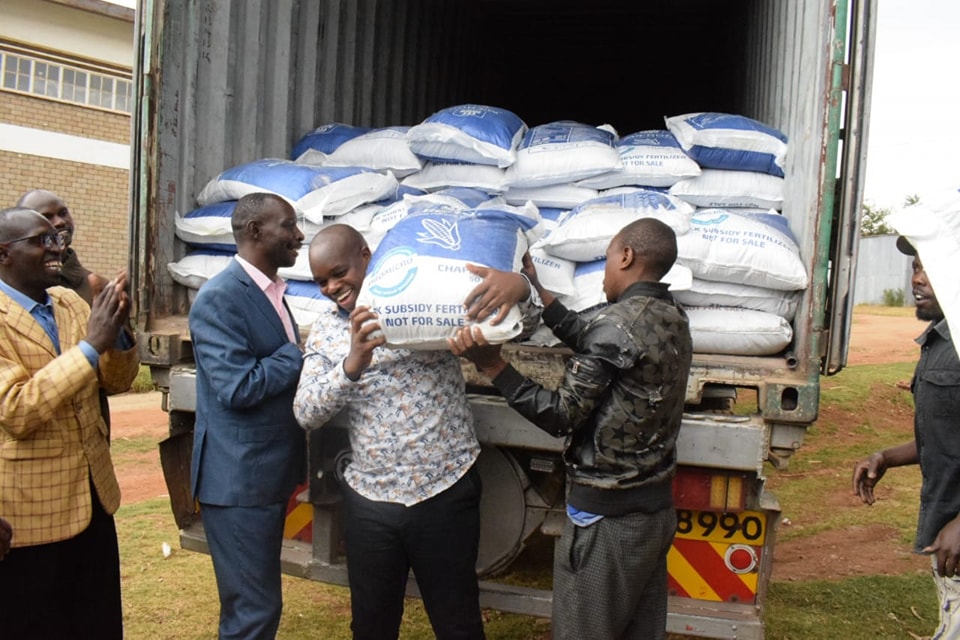
Department of Agriculture, Livestock, Fisheries and Veterinary Services
Nakuru county agriculture at glance
The fact that 70% of the total Nakuru County land is highly agriculturally productive, there is no doubt that if measures are put in place for the adoption of Good Agricultural Practices, many small hold farms in the county would transform into profitable and commercially oriented enterprises.
Most of the households in Nakuru County that depend on agriculture as their main economic activities are entrapped in drudgery that has continued to pauperize them year-in-year-out, harvest after harvest. This attributable to a number of bottlenecks along the value chains that have continually clogged farmers’ benefits.
A significant number of farmers in our County have an average land holding of 0.77 hectares (that is about 1.9 acres). 49% of these people are poor, whilst 36% of the county’s population is food poor. Over and above this, livelihoods of 60% of the county’s population that is either directly or indirectly employed by the agriculture sector are endangered.
About a third of people in the County don’t have access to healthy and nutritious food. In order to improve livelihoods of the hundred thousands of people who solely depend on agriculture, the County Government of is implementing the following measures to increase production, productivity as well as enhance value addition.
- Increasing productivity through addressing incidents of pests and diseases both in crops and livestock, additionally to diffusion of Good Agricultural Practices (GAP).
- improving sanitary and phyto-sanitary measures in the County through working with various national government agencies such as the Kenya Plant Health Inspectorate Services (KEPHIS) Nakuru branch to ensure that farmers in Nakuru County have readily available high quality and disease free planting materials;
- Involving youth and women in crucial projects that will transform their livelihoods;
- Initiate various value addition measures and at the same time link farmers with markets that will pay them
Functions:
- Crop husbandry and all related services.
- Animal and crop husbandry including all respective related services.
- Livestock sale yards.
- County abattoirs.
- Plant and animal disease control all related services.
- Veterinary services.
- Fisheries policy.
- Livestock policy management.
- Development and control of livestock.
STATISTICS SHOWING THE PERFORMANCE AND POTENTIAL OF KEY AGRICULTURAL SUB-SECTORS IN NAKURU
Crops
Livestock
Nakuru County is also endowed with a high capacity for livestock production. The main livestock reared include cattle, poultry, sheep and goats. Dairy industry is the leading livestock enterprise. Last year, the dairy industry generated Kshs 8.8 billion from milk sales.
Milk is sold through the local market as well as cooperatives such as Wanyororo, Suka, Njoro, Rongai, Kuresoi and Tegat among others. Other smaller enterprises in the livestock sector include poultry, beef, honey as well as hides and skin.
Fisheries
Aquaculture
Capture fisheries
Physical Location:
Telephone: (051) 2214142
Email: bor.leonard@nakuru.go.ke
County Executive – Leonard Bor


